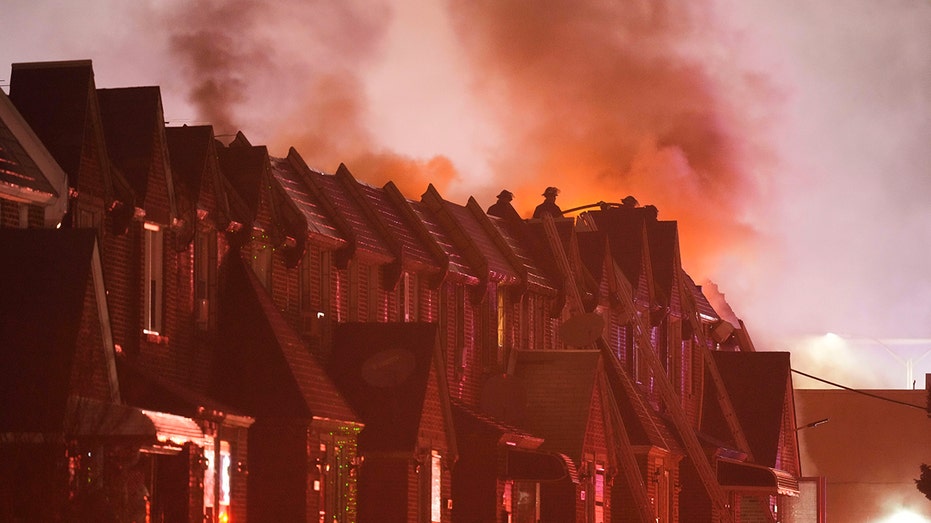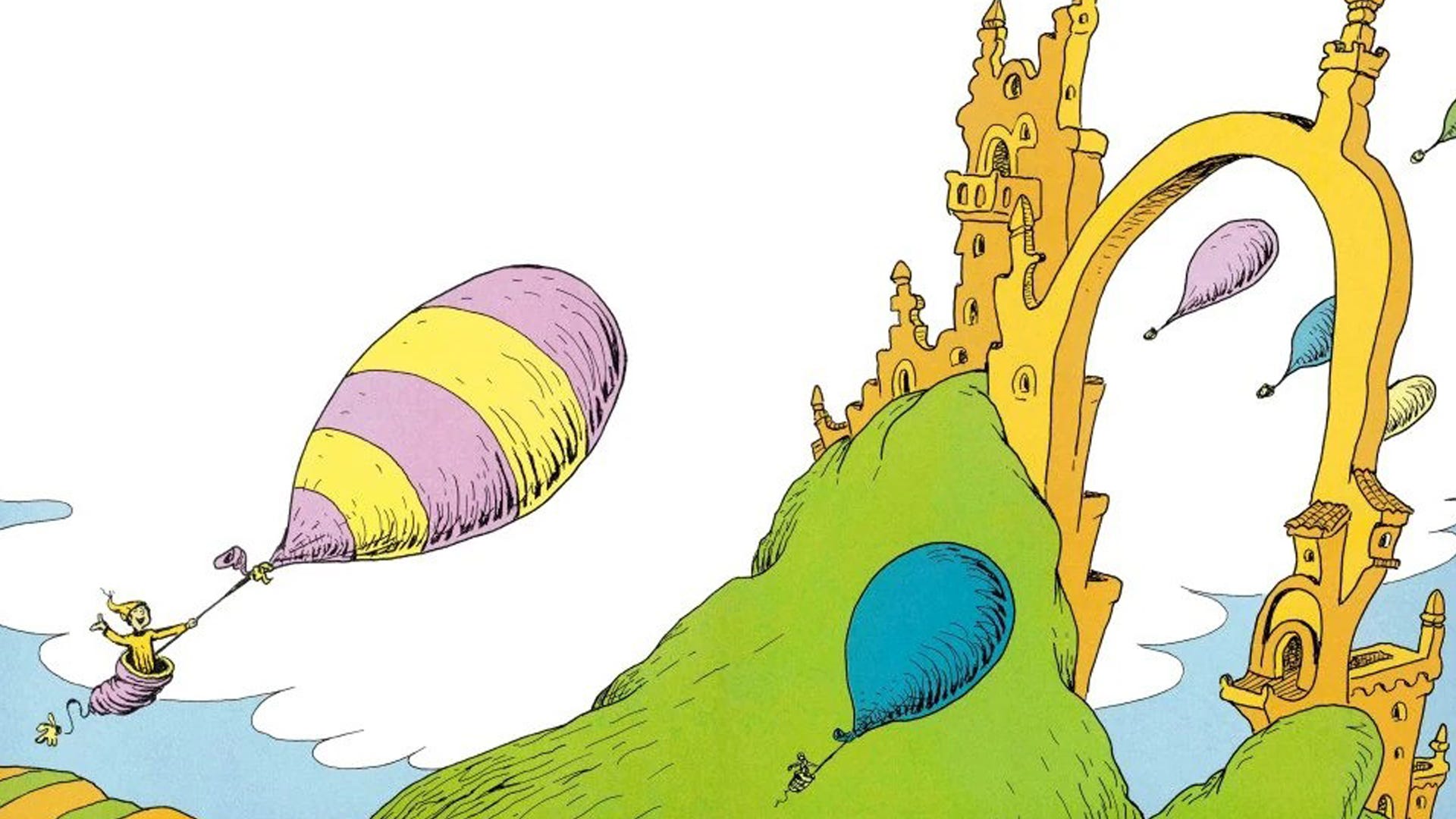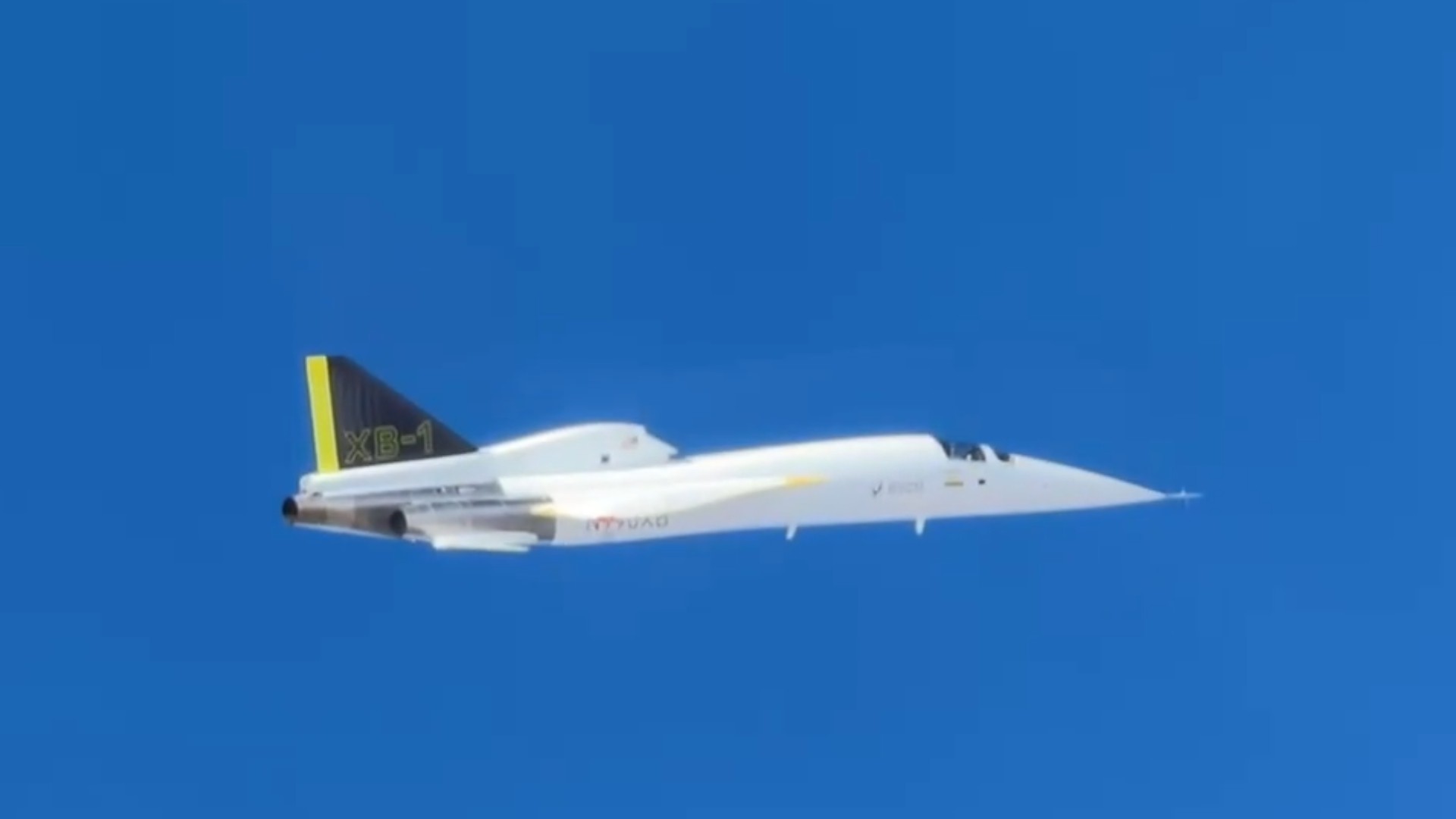There's still a real threat that inflation makes a comeback
The recent shift in monetary policy and the Trump administration's economic agenda have raised concerns about inflationary pressures and the potential for a return to the pre-pandemic levels. The Phillips Curve model suggests that a combination of economic slack and supply shocks can lead to inflation, while monetary policy and fiscal policy play a crucial role in shaping inflation dynamics.

In June 2022, U.S. inflation rates reached 40-year highs. During the following two years, ‘immaculate disinflation’ saw both the Consumer Price Index and Personal Consumption Expenditures-based inflation rates fall sharply, even as economic growth remained robust and labor market stayed healthy. However, worryingly, core inflation rates have recently stopped falling, either moving sideways or ticking up.
An intriguing debate has emerged in both economic and financial market circles regarding the potential inflationary impact of the Trump policy agenda. Questions are also swirling around the Fed’s ability to maintain its independence under the new political regime.
Having experienced a decade of abnormally low inflation rates prior to the pandemic, the American public was jolted by the massive spike in general price levels observed during the 2021 to 2022 inflation shock. The adverse effect on consumer psyche appears to have persisted well into disinflationary cycle and likely played a key part in determining the 2024 election outcome.
Overall price levels remain elevated and public expectations are yet to fully adjust and get acclimatized to the new levels. General price levels are unlikely to revisit their pre-pandemic levels. In fact, the public should probably not wish for such an outcome since that would require a period of deflation (negative inflation rates typically result from a collapse in aggregate demand). Instead, restoration of price stability (in the form of low and steady inflation rates around the Fed’s 2 percent target) should be the preferred outcome.
Recent inflation volatility and heightened policy uncertainty have made inflation forecasting a tricky enterprise. Decades of theorizing and debating have yet to yield an economic consensus regarding the underlying drivers of inflation dynamics.
Monetarism had its heyday in the 1970s and early 1980s and even attained brief notoriety following the extraordinary surge in U.S. money supply growth in 2020 and 2021. However, in light of difficulties associated with forecasting money demand and evident instability of the velocity of money, it is generally acknowledged that money supply growth does not typically offer much insight into short-term inflationary dynamics. There is evidence of a threshold effect — when inflation rates are low and stable, the relationship between money supply growth and inflation is weak or non-existent; however, when inflation rates are high and variable, there is a stronger link between money supply growth and inflation.
Proponents of the fiscal theory of the price level argue that inflation is primarily influenced by fiscal policies rather than by monetary policies. Government decisions regarding the size of budget balances and the public debt stock are assumed to play a critical role. If, for instance, fiscal authorities run persistent deficits and accumulate large-scale debt and appear not to possess a viable strategy to either raise future revenue and/or cut future spending, then it will lead the public and markets to presume that the government will be forced to inflate away the debt burden. Consequently, inflation expectations will rise, which in turn will lead to an actual rise in inflation.
While theoretically intriguing, fiscal theory of the price level does not have many adherents in the central banking community. Instead, mainstream approaches to understanding inflation dynamics are based on some modern variant of the Phillips curve.
The Phillips curve-based view of the inflationary process incorporates three key elements: inflation expectations, economic slack and supply shocks. A central insight is that an overheating economy, typically characterized by labor market tightness, can generate upward price pressures. However, the relationship between the degree of economic slack and inflation is unstable.
Economists have found that the slope of the Phillips curve went from being very flat in the 2010s to suddenly becoming quite steep in the aftermath of the pandemic shock. The underlying relationship appears to be fundamentally non-linear: the Phillips curve slope is flat under normal labor market conditions but steep in the presence of a tight labor market.
Between March 2020 and June 2022, a combination of extraordinary fiscal stimulus and ultra-accommodative monetary policies, along with global supply chain disruptions and energy price shocks, created distortions in both demand and supply and generated an inflationary shock. Restrictive monetary policy and easing of the supply constraints enabled the subsequent disinflation.
Importantly, labor market conditions loosened up as the job vacancies-to-unemployment ratio fell sharply over the past couple of years. The extraordinary surge in both legal and illegal migration during the 2023-24 period appears to have boosted U.S. labor supply and helped ease wage pressures.
Inflation expectations also mattered. As Fed Chair Jerome Powell observed: “An important takeaway from recent experience is that anchored inflation expectations, reinforced by vigorous central bank actions, can facilitate disinflation without the need for slack.”
Looking ahead, there are concerns that stringent restrictions on cross-border labor flows may generate supply-side constraints. Though debatable, Trump’s tariff proposals could also generate upward price pressures and raise inflation expectations.
Fiscal policy, during the Biden era, was excessively loose (budget deficits exceeded well over a trillion dollars every single year) and likely contributed to the inflation problem. Will the Trump administration pursue a deficit-reduction agenda in earnest, or will there be stimulative tax cuts that are not offset by reductions in government spending?
In the short run, there are upside risks to inflation. Aggregate demand is poised to pick up on the back of proposed tax cuts, increased capital investment and deregulation. The supply-side may struggle to keep up, and key pockets of the labor market may again experience tightness. Higher productivity growth could, however, offer some succor.
Vivekanand Jayakumar, Ph.D., is an associate professor of economics at the University of Tampa.




























.png)





















![‘Companion’ Ending Breakdown: Director Drew Hancock Tells All About the Film’s Showdown and Potential Sequel: ‘That’s the Future I Want for [Spoiler]’](https://variety.com/wp-content/uploads/2025/02/MCDCOMP_WB028.jpg?#)
























